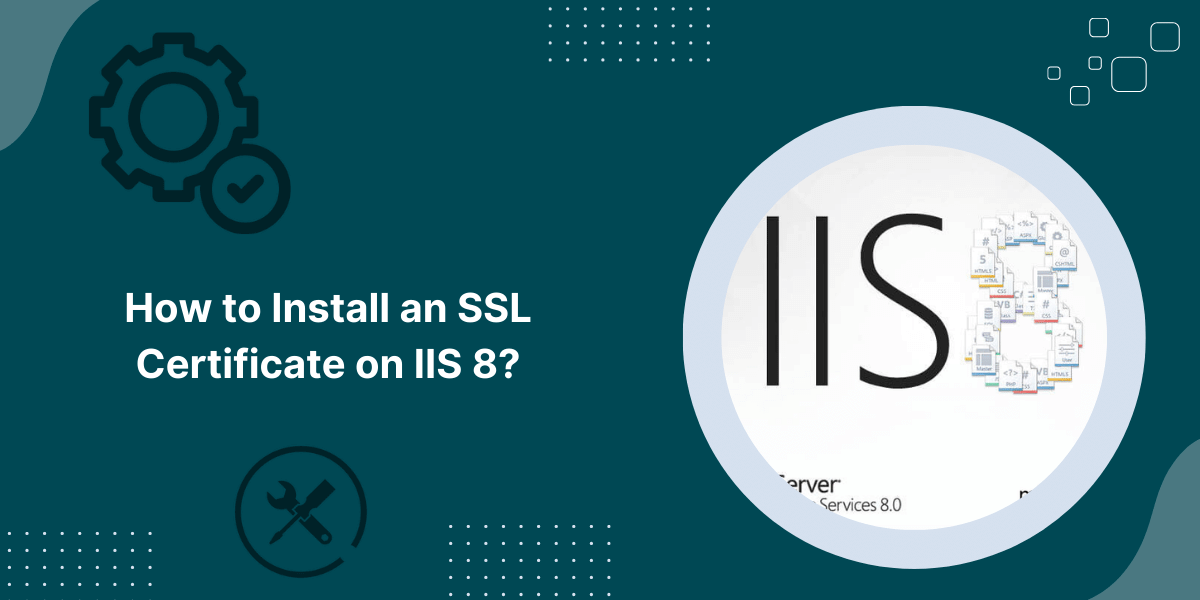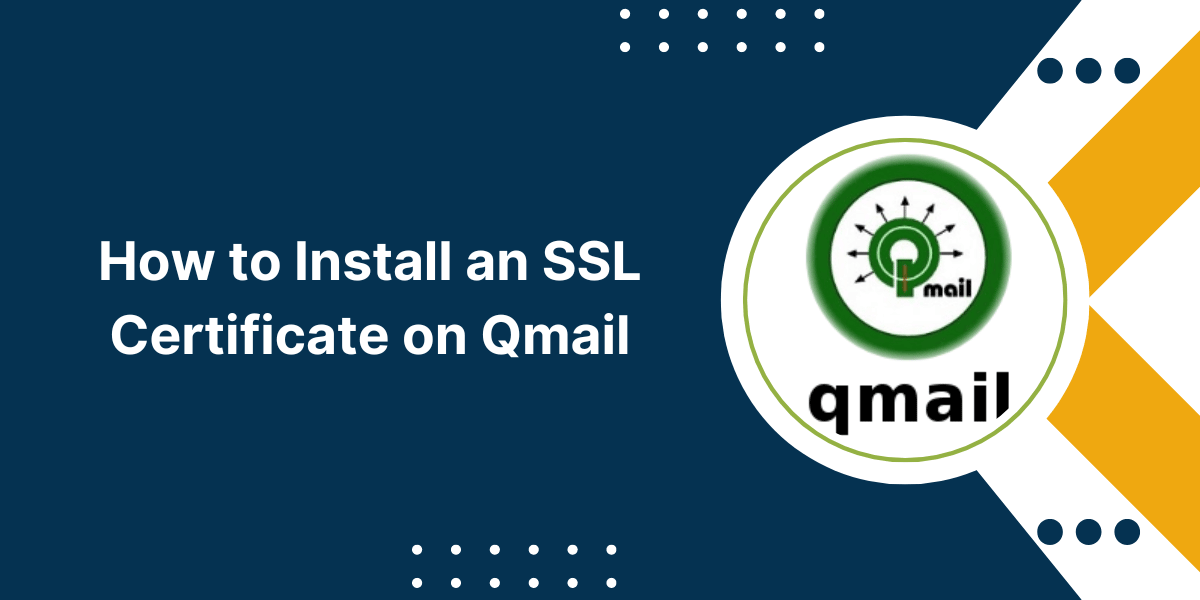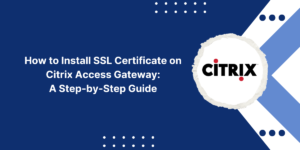A Quick SSL Installation Guide on Webmin
SSL certificates add security to websites by encrypting data transfer between servers and visitors.
To install an SSL certificate in Webmin, log in to your Webmin control panel and access the SSL Configuration section. Upload your certificate files, including the private key, certificate file, and intermediate certificates. Select the domain name for installation and specify the certificate file locations. Click ‘Save‘ to apply the changes.
Webmin will verify the certificate installation and restart the web server. Check your website using HTTPS to confirm the secure connection displays correctly with a padlock icon.
Why Install an SSL Certificate in Webmin?
- Enhanced Security: Protects data from hackers and eavesdroppers.
- Improved SEO: Google prioritizes HTTPS websites in search rankings.
- User Trust: Visitors feel safer on your site, increasing engagement and conversions.
- Compliance: Meets industry standards like GDPR and PCI DSS.
Prerequisites for Installing an SSL Certificate on Webmin
Before you begin, ensure you have:
- Webmin Installed: Access to your Webmin dashboard.
- SSL Certificate: Purchased from a Certificate Authority (CA) or generated via Let’s Encrypt.
- Root Access: Administrative privileges on your server.
- Domain Name: A registered domain pointing to your server.
Step-by-Step Guide to Install an SSL Certificate in Webmin
- Log in to Webmin
- Navigate to the SSL Certificate Section
- Obtain Your SSL Certificate
- Upload Your SSL Certificate
- Configure Your Web Server
- Apply and Test the Configuration
- Verify the SSL Installation
Step 1: Log in to Webmin
- Navigate your Webmin URL. Typically, it looks something like this: https://your-server-ip:10000.
- Enter your Webmin admin username and password.
- Once logged in, head to the Webmin Configuration You’ll find this under the main dashboard.
Step 2: Navigate to the SSL Certificate Section
- In the Webmin dashboard, go to Webmin > Webmin Configuration > SSL Certificate.
- Select Upload a New Certificate.
Step 3: Obtain Your SSL Certificate
You’ll need two key files:
- Certificate File: The actual SSL certificate provided by your CA.
- Private Key File: This is generated when creating the CSR. If you’re using Let’s Encrypt via Webmin, this step may be automated for you.
Using Let’s Encrypt for Free SSL Certificates
If you prefer a free SSL certificate, Webmin supports Let’s Encrypt:
- Go to Webmin > Webmin Configuration > SSL Certificate.
- Select Request Let’s Encrypt Certificate.
- Enter your domain name and email address.
- Click Request Certificate.
Step 4: Upload Your SSL Certificate
If you’re installing a certificate manually:
- Go to the SSL Encryption section and select the Manual Configuration tab.
- Upload your Certificate File and Private Key File. You can either copy-paste the content of these files into the appropriate fields or upload them directly from your local machine.
- Optionally, upload the CA Certificate Chain file if your CA provided one. This ensures proper browser compatibility.
Step 5: Configure Your Web Server
- Go to Servers > Apache Web Server (or the web server you’re using).
- Select your domain or virtual host.
- Under SSL Options, enable SSL Enabled for This Website.
- Specify the paths to your SSL certificate, private key, and CA certificate.
- Save your changes and restart the web server.
Step 6: Apply and Test the Configuration
- After uploading the required files, click Save or Apply Changes.
- Restart the Webmin server to apply the SSL settings. You can do this directly within Webmin by navigating to Webmin > Restart Webmin, or you can use the terminal:
service webmin restart
Step 7: Verify the SSL Installation
Now for the moment of truth! Open your browser and navigate to your Webmin URL using https://. If everything went smoothly, you should see the padlock icon in the address bar.
To double-check, you can use an online SSL checker tool to confirm:
- The certificate is correctly installed.
- There are no configuration issues.
- Your server supports modern encryption protocols.
Final Thoughts
Installing an SSL certificate in Webmin is a critical step toward securing your website and improving its performance in search rankings. By following this guide, you can easily configure SSL for your domain, whether you’re using a paid certificate or a free one from Let’s Encrypt.
Frequently Asked Questions
Here are some common questions regarding installing and managing SSL certificates for Webmin:
What is Webmin?
Webmin is a web-based interface for system administration on Linux servers. It simplifies tasks like user management, file sharing, and web server configuration.
Can I use a self-signed SSL certificate in Webmin?
Yes, but self-signed certificates are not trusted by browsers and may trigger security warnings. Use them only for testing purposes.
What is the command to install SSL in Webmin?
Users can install SSL in Webmin using the command “apt-get install webmin-certbot”. After installation, navigate to Webmin’s interface and select “SSL Encryption” under “Webmin Configuration”. The system will guide users through certificate setup steps.
Does Webmin support Let’s Encrypt certificates?
Webmin supports Let’s Encrypt certificates fully. Users can obtain and install free SSL certificates through the built-in Let’s Encrypt module. The certificates auto-renew every 90 days.
How do I check if SSL is working in Webmin?
Users can verify SSL status by accessing Webmin through https://domain-name:10000. The browser should display a padlock icon. The certificate details show validity dates and issuer information.
Can I use a third-party SSL certificate in Webmin?
Webmin accepts third-party SSL certificates from trusted providers. Users must upload the certificate file and private key through the SSL Configuration section. The system validates the certificate chain automatically.
How do I fix SSL certificate errors in Webmin?
Users can fix SSL errors by checking certificate expiration dates, verifying domain names match, and ensuring proper file permissions. Common solutions include reinstalling the certificate or updating the SSL configuration file.
What are the SSL certificate requirements for Webmin?
Webmin requires SSL certificates in PEM format. The certificate must include the domain name, a valid private key, and a complete certificate chain. The server needs read permissions for certificate files.
How do I renew an SSL certificate in Webmin?
Upload the new certificate files in the SSL Certificate section and update your web server configuration.

Priya Mervana
 Verified Web Security Experts
Verified Web Security Experts
Priya Mervana is working at SSLInsights.com as a web security expert with over 10 years of experience writing about encryption, SSL certificates, and online privacy. She aims to make complex security topics easily understandable for everyday internet users.



